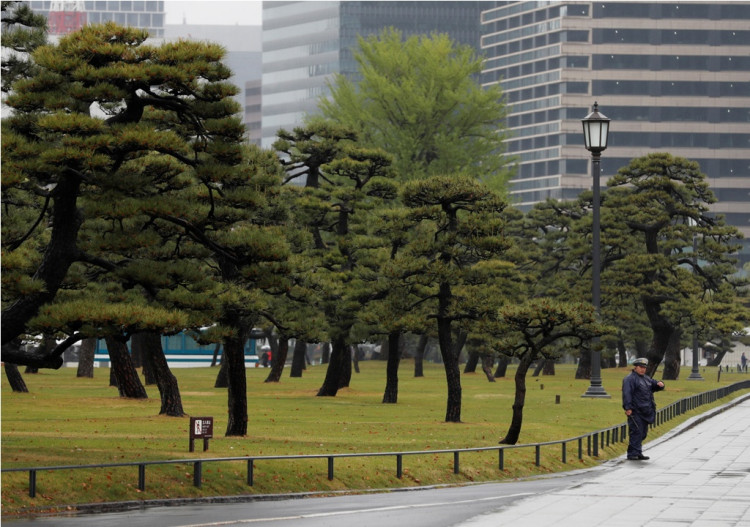Following the devastating tsunami that swallowed most of Japan's Onagawa port town, the local government decided to outlawed urban sprawl in a bid to fend off the negative impacts of a largely declining population.
According to a report by the World Economic Forum (WEF), the 2011 tsunami took the lives of around 16,000 people. The numbers account for 10 percent of Onagawa's total population. Furthermore, a third of the remaining residents in the Japanese town is now over 65 years old.
To address concerns of Onagawa potentially turning into a ghost town, the local government decided to ban urban sprawl. In the outskirts of the Japanese port town, only houses are not banned. The goal is to push people to the town center.
Onagawa has opened trendy shops and restaurants in a bid to attract younger consumers. Since many private-owned shops were devastated by the tsunami, the municipal government used the opportunity to own most of the town center's land area.
The ultimate goal is to rebuild Onagawa's town center while rejuvenating its falling population. The Japanese town is making this possible by urging consumers to go to the town center to avail services, shop for commodities, and work.
The WEF report noted that Onagawa made the move in hopes of ensuring that even if the port town's population continues to slip, the town center will move forward since people from the outskirts go to the metro for their needs.
In other regions around the world, some countries are still suffering from uncontrolled urban expansion. The Daily Maverick reported that South Africa's apartheid legacy left an urban sprawl mark on the country that has a large number of poor people.
Economic experts pointed out that instead of focusing on the damage that urban sprawl laid upon South Africa, local governments should provide areas of affordable housing where poor communities can be close to opportunities for growth.
In Japan's Onagawa, people are forced to go to the center where opportunities are available for them so they won't have to build opportunities outside the town metro. Analysts said other cities can learn a lesson or two from the Japanese port town's urban planning strategies.
Other regions in the world that have been sorely affected by urban sprawl include New Zealand. According to an op-ed on Stuff, the most apparent change in the country can be seen in Auckland where housing developments and shopping centers have filled uplands that were previously marked green on the map.
Despite increasing urban sprawl worldwide, analysts noted that through land conservation initiatives and improved town planning, cities can possibly reduce environmental impacts and drive economic growth without sacrificing rural regions.






